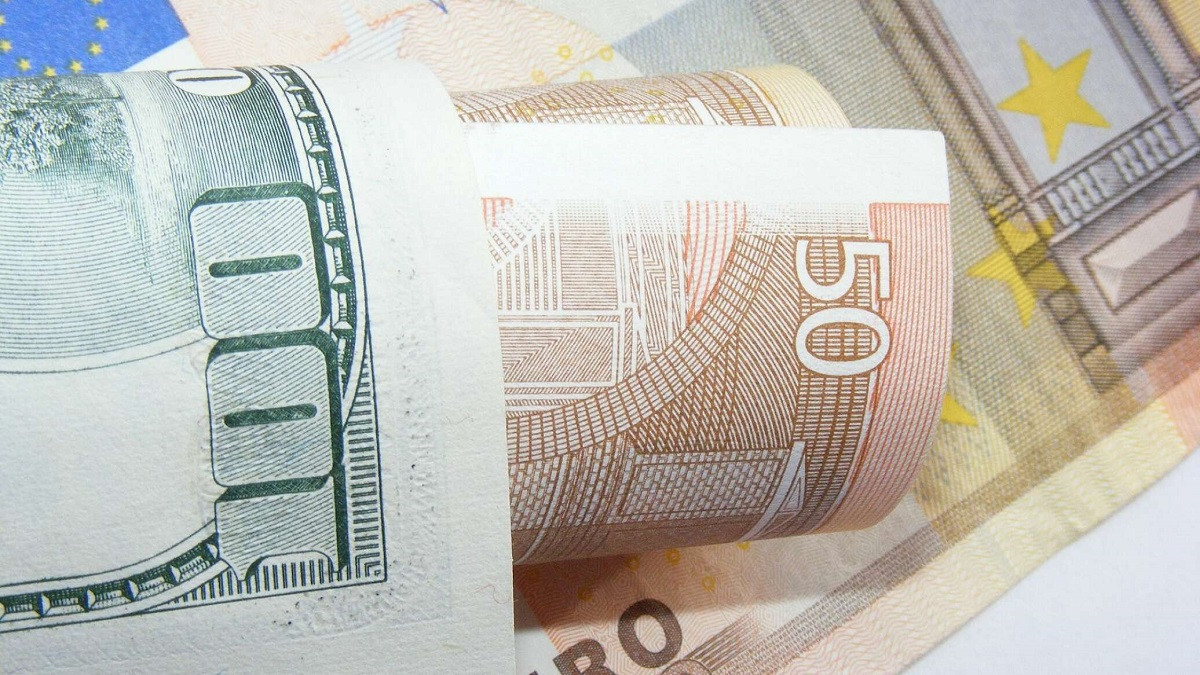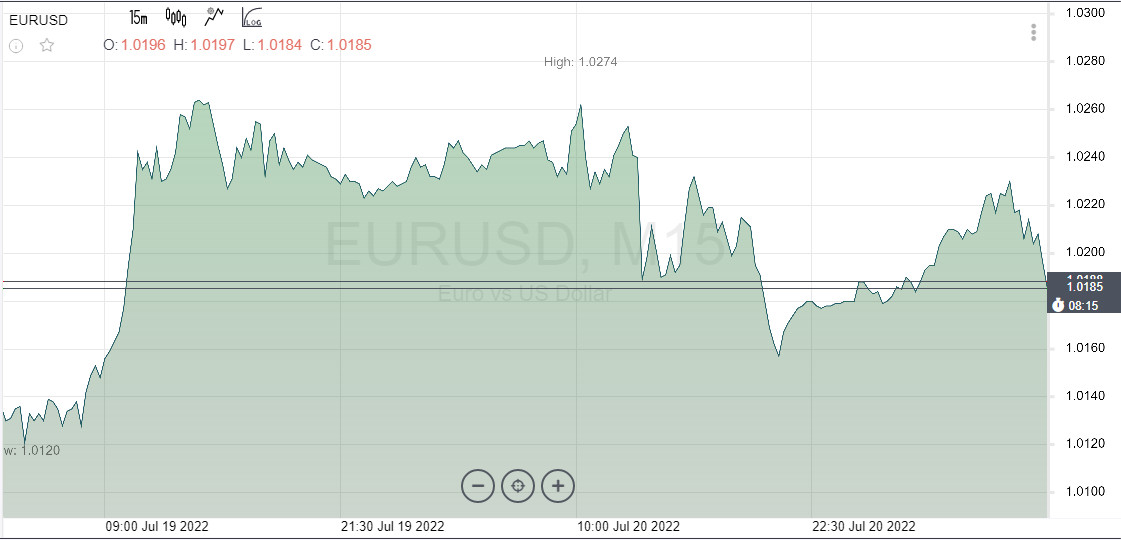
The euro has shown quite a powerful rally this week, which the currency can demonstrate in such economically unfavorable conditions. The EUR/USD pair recovered almost half of the losses incurred in July. Perhaps the markets are dealing with an early warning of a tipping point in the foreign exchange market. If so, then many currencies will feel relieved after the recent strong pressure of the US dollar.
The euro remains afloat near the 1.0200 level against the dollar before the meeting. There are two important events on Thursday: the European Central Bank meeting, at which the central bank can raise the rate not by 25 bps, but by 50 bps.
The question for the currency markets is whether Nord Stream-1 will be restarted or not. If gas supplies resume, currency strategists believe that the euro is likely to recover. Goldman Sachs estimates growth in the region of 0.5-1%.
As for the ECB meeting, traders will take the more hawkish bias of the central bank for granted, this will not be surprising. At the same time, there will be some disappointment if the ECB raises the rate by only 25 bps.
Volatility in the foreign exchange market should increase on Thursday, and it may not be caused by the rate decision itself, but by the details of the central bank's anti-fragmentation tool, which will really matter.
The instrument should ensure a slowdown in the growth of the cost of debt servicing in some EU countries, primarily in Italy. There are fears in the markets that due to the increase in rates, the cost of debt paid by various countries of the bloc will begin to increase sharply.
Any uncertainty interpreted by investors as a sign that the ECB could not reach a reliable solution will be the main risk for the euro.

The recent corrective bounce off the lowest level since December 2002 stopped near the resistance formed in the 1.0275-1.0280 area. This is followed by a round mark of 1.0300. If the bulls manage to break through this value, a sharp jump in the rate may follow. The quote's growth will accelerate and aim for the round level of 1.0400.
However, 1.0150 appears to be immediate support, which should help limit the euro's decline. Further selling will offset all current positive trends and leave EUR/USD vulnerable to a fall below 1.0100. Further parity and this year's low at 0.9950.
Positive for the euro
Some positive for the euro is that the Federal Reserve may limit the speed of rate hikes. There are signs that the policy of the US central bank is already having the desired effect.
Three FOMC committee members suggested last week that the current plan to raise rates to moderately restrictive levels in increments of just 0.5% or 0.75% is still the most appropriate solution.
These comments contributed to lower market expectations for US rates. This adjustment appears to have been reinforced later when a University of Michigan poll showed that long-term consumer inflation expectations eased in July.
This is the most important indicator because central banks believe that inflation expectations are self-fulfilling prophecies, and lowering inflation is exactly what many of them are trying to achieve with their interest rate policy.
Raising the rate by 100 bp is still on the agenda, but the chances for such a decision are decreasing daily. Investors generally believe that the committee will not want to pick up the pace.
Other developments indicate that the Fed may be right to be more cautious about the pace of rate hikes. These include a growing list of major US companies and global industrial giants that are increasingly abandoning hiring plans in favor of a hiring freeze. This is exactly what the central bank wanted to achieve.
In general, everything that was served to the markets last week on a silver platter suggests that the central bank has reached its limit on the rate of interest rate growth. At the same time, the ECB is considering the possibility of starting active work in this direction.
The dollar has corrected over the past six sessions, but there is probably no talk of a change in trend. Most analysts are bullish on the dollar and bearish on the euro. Still, the recent price movement, supported by changes in interest rates and inflation, may indicate an approaching inflection point in the current EUR/USD trend.
 English
English 
 Русский
Русский Bahasa Indonesia
Bahasa Indonesia Bahasa Malay
Bahasa Malay ไทย
ไทย Español
Español Deutsch
Deutsch Български
Български Français
Français Tiếng Việt
Tiếng Việt 中文
中文 বাংলা
বাংলা हिन्दी
हिन्दी Čeština
Čeština Українська
Українська Română
Română

